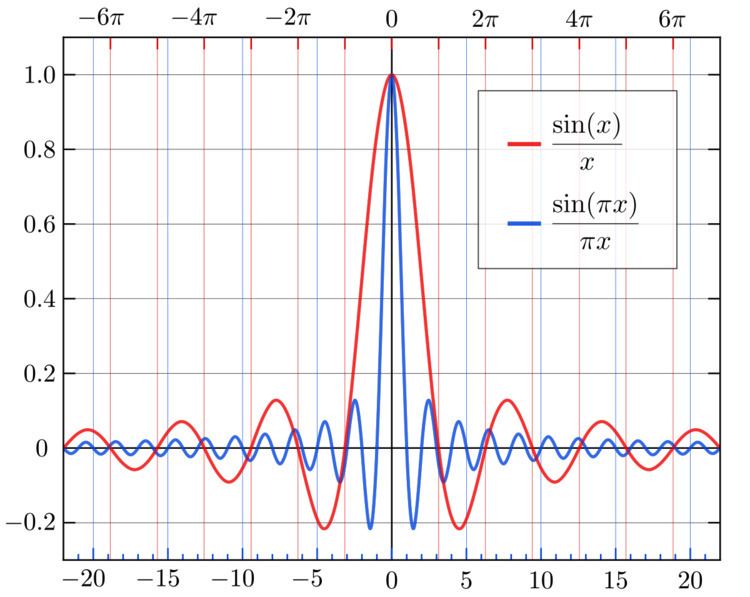 | ||
In mathematics, the arguments of the maxima (abbreviated arg max or argmax) are the points of the domain of some function at which the function values are maximized. In contrast to global maxima, referring to the largest outputs of a function, arg max refers to the inputs, or arguments, at which the function outputs are as large as possible.
Contents
Definition
Given a function,
If S = X or S is clear from the context, then S is often left out, as in
The arg max operator is the natural complement of the max operator which, given the same function, returns the maximum value instead of the point or points that reach that value; in other words
Like arg max, max may be the empty set (in which case the maximum is undefined) or a singleton, but unlike arg max, max may not contain multiple elements: for example, if f(x) is 4x2 − x4, then
Equivalently, if M is the maximum of f, then the arg max is the level set of the maximum:
We can rearrange to give the simple identity
If the maximum is reached at a single point then this point is often referred to as the arg max, meaning we define the arg max as a point, not a set of points. So, for example,
(rather than the singleton set {5}), since the maximum value of x(10 − x) is 25, which occurs for x = 5. However, in case the maximum is reached at many points, arg max is a set of points.
Then, we have for example
since the maximum value of cos(x) is 1, which occurs on this interval for x = 0, 2π or 4π. On the whole real line, the arg max is
Note also that functions do not in general attain a maximum value, and hence the arg max is sometimes the empty set; for example,
Arg min
arg min (or argmin) stands for argument of the minimum, and is defined analogously. For instance,
are points x for which f(x) attains its smallest value. The complementary operator is argmax.
